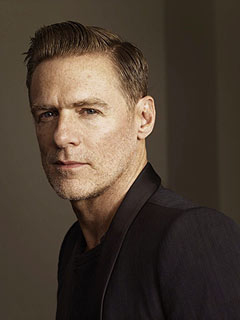NEW YORK (Reuters) - Stocks could struggle to extend their seven-week winning streak as the quarterly earnings period draws to a close and the market bumps into strong technical resistance.
Many analysts say the market could spend the next few weeks consolidating gains that have lifted the benchmark Standard & Poor's 500 <.spx> by 6.6 percent since the start of the year.
The S&P 500 ended up 0.1 percent for the week, recovering from a late sell-off on Friday after a Bloomberg report about slow February sales at Wal-Mart
Odds of a pullback are increasing, with the market in slightly overbought territory, said Bruce Zaro, chief technical strategist at Delta Global Asset Management in Boston.
"I do suspect the closing of the earnings season will lead to at least a pause and possibly a pullback," Zaro said. The S&P 500 could shave 3 to 5 percent between now and early April, he said.
Fourth-quarter earnings have mostly beaten expectations. Year-over-year profit growth for S&P 500 companies is now estimated at 5.6 percent, up from a January 1 forecast for 2.9 percent growth, and 70 percent of companies are exceeding analyst profit expectations, above the 62 percent long-term average, according to Thomson Reuters data.
On Thursday, Wal-Mart, the world's largest retailer, is due to report results, unofficially closing out the earnings period. Investors will be keen to see its quarterly numbers, especially after the Friday's news report that rattled investors.
The S&P 500 has gained 4.3 percent since Alcoa kicked off the earnings season on January 8.
The approaching March 1 deadline for across-the-board federal budget cuts unless Congress reaches a compromise adds another reason for caution, especially with recent economic data indicating the recovery remains bumpy.
Manufacturing output fell 0.4 percent last month, the Federal Reserve said on Friday, but production in November and December was much stronger than previously thought.
TESTING RESISTANCE
The S&P 500 has been trading near five-year highs, and it notched its highest level since November 2007 this week. But the gains have pushed the benchmark index almost as far as it is likely to go in the near term, with strong resistance hovering around 1,525 and 1,540, one analyst said.
As a result, the index is set to move sideways, said Dave Chojnacki, market technician at Street One Financial in Huntington Valley, Pennsylvania. "We just don't have the volume or the catalyst right now" to go above those levels, he said.
At the same time, other analysts say, the market has not shown significant signs of slowing, including a break below 15- and 30-day moving averages.
Such moves would be needed to show that momentum is slowing or that the market is at risk of a correction, said Todd Salamone, director of research for Schaeffer's Investment Research in Cincinnati, Ohio. The S&P 500's 14-day moving average is at 1,511 while the 30-day is at 1,494. The index closed Friday at 1,519.
Recent M&A activity, including news this week of a merger between American Airlines and US Airways Group
In the coming days, the market will focus on minutes from the latest Federal Reserve meeting, due to be released on Wednesday, which could provide support if they suggest the Fed will remain on its current course of aggressive monetary easing.
The Fed minutes released in January spooked markets a bit when they revealed that some Fed officials thought it would be appropriate to consider ending asset purchases later in 2013. U.S. Treasury yields rose on that news, though market worries about a near-term end to quantitative easing have since faded.
Among other companies expected to report earnings next week are Nordstrom
(Reporting By Caroline Valetkevitch; Editing by Leslie Adler)










